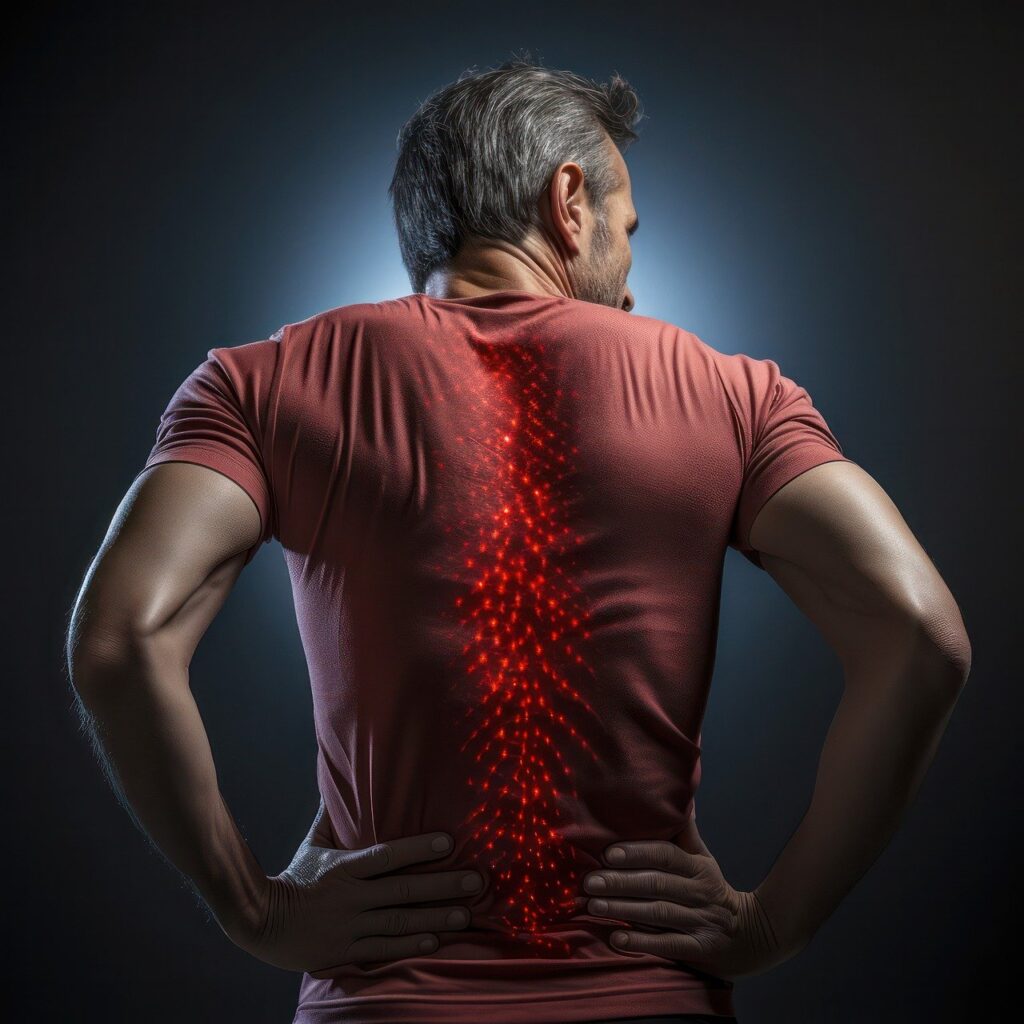Scoliosis is a condition that affects millions of people worldwide, causing the spine to curve in ways that can impact posture, comfort, and overall health. For many, managing scoliosis often involves using a brace, a common treatment designed to prevent further curvature.
In this guide, we’ll explore everything you need to know about scoliosis braces—how they help, what types are available, and what to expect during treatment.
What Is a Scoliosis Brace?
A scoliosis brace is a medical device designed to prevent the worsening of spinal curvature in individuals diagnosed with scoliosis. It is most commonly prescribed for children and teenagers who are still growing, as their spines are more susceptible to changes during development. However, adults with scoliosis may also use braces in some cases to manage pain and support their spine.
There are several different types of scoliosis braces, each tailored to the individual needs of the patient. Some braces are designed to be worn full-time, while others are meant for nighttime use only.
How Does a Scoliosis Brace Work?
The primary function of a scoliosis brace is to halt the progression of spinal curvature. It achieves this by applying pressure to certain parts of the spine, encouraging it to grow in a straighter alignment. The brace does not “cure” scoliosis or reverse the curvature, but it can be highly effective at preventing further deterioration, especially during periods of rapid growth in children and adolescents.
Bracing is most effective when the curvature of the spine is between 20 and 40 degrees, and the bones are still growing. The brace’s success largely depends on how long it is worn each day and the individual’s compliance with wearing it as recommended.
Types of Scoliosis Braces
There are two main categories of scoliosis braces: rigid and soft.
Rigid Braces:
These are the most commonly used types of braces. They are made from firm materials like plastic, designed to restrict movement and apply corrective pressure to the spine. Popular models include the Boston brace and the Milwaukee brace.
Soft Braces:
These are made from more flexible materials, allowing for greater movement. They are not as commonly prescribed, but some patients prefer them for comfort reasons. The SpineCor brace is one example of a soft brace.
Access to Effective Scoliosis Brace Treatments
For those looking for effective scoliosis brace treatments in Australia, it is essential to find a specialized clinic that offers the right expertise. Such clinics provide access to tailored treatment plans, which may include consultations with orthopedic specialists and regular follow-ups to ensure optimal results.
When seeking treatment, it’s important to choose professionals who offer personalized care and support throughout the process. A well-fitted scoliosis brace can make a significant difference in the treatment outcome, and ongoing supervision ensures that the brace continues to meet the patient’s needs.
The Importance of Early Detection
Early detection of scoliosis plays a significant role in the effectiveness of bracing. Regular screenings and physical exams, particularly during childhood, can catch scoliosis before it progresses to more severe stages. If caught early, a brace can be prescribed when it is most likely to have a positive impact.
Delaying treatment can result in the need for more invasive solutions, such as surgery. This is why medical professionals emphasize the importance of early intervention through bracing or other non-invasive treatments.
Also, visit: effective therapy for autism in Hong Kong
Living with a Scoliosis Brace
Wearing a scoliosis brace can be challenging, especially for younger patients who may feel self-conscious or uncomfortable. However, many modern braces are designed to be discreet and can be worn under clothing without being noticeable. Adjusting to life with a brace may take some time, but the long-term benefits of preventing further curvature far outweigh the temporary discomfort.
Regular follow-up appointments with your doctor are essential during scoliosis treatment. These appointments will ensure that the brace is functioning correctly and that adjustments are made as your body grows or changes.
Benefits and Challenges
Using a scoliosis brace has numerous benefits. First and foremost, it can significantly reduce the risk of scoliosis worsening, particularly in young patients. For many, wearing a brace can mean avoiding surgery, which is a more invasive and complex solution. Additionally, braces can help alleviate discomfort or pain caused by the curvature of the spine, providing much-needed support.
However, wearing a brace is not without its challenges. Patients, especially teenagers, often struggle with the emotional and psychological aspects of wearing a visible device. With support from healthcare professionals, family, and friends, many individuals can overcome these challenges and successfully manage scoliosis with a brace.
